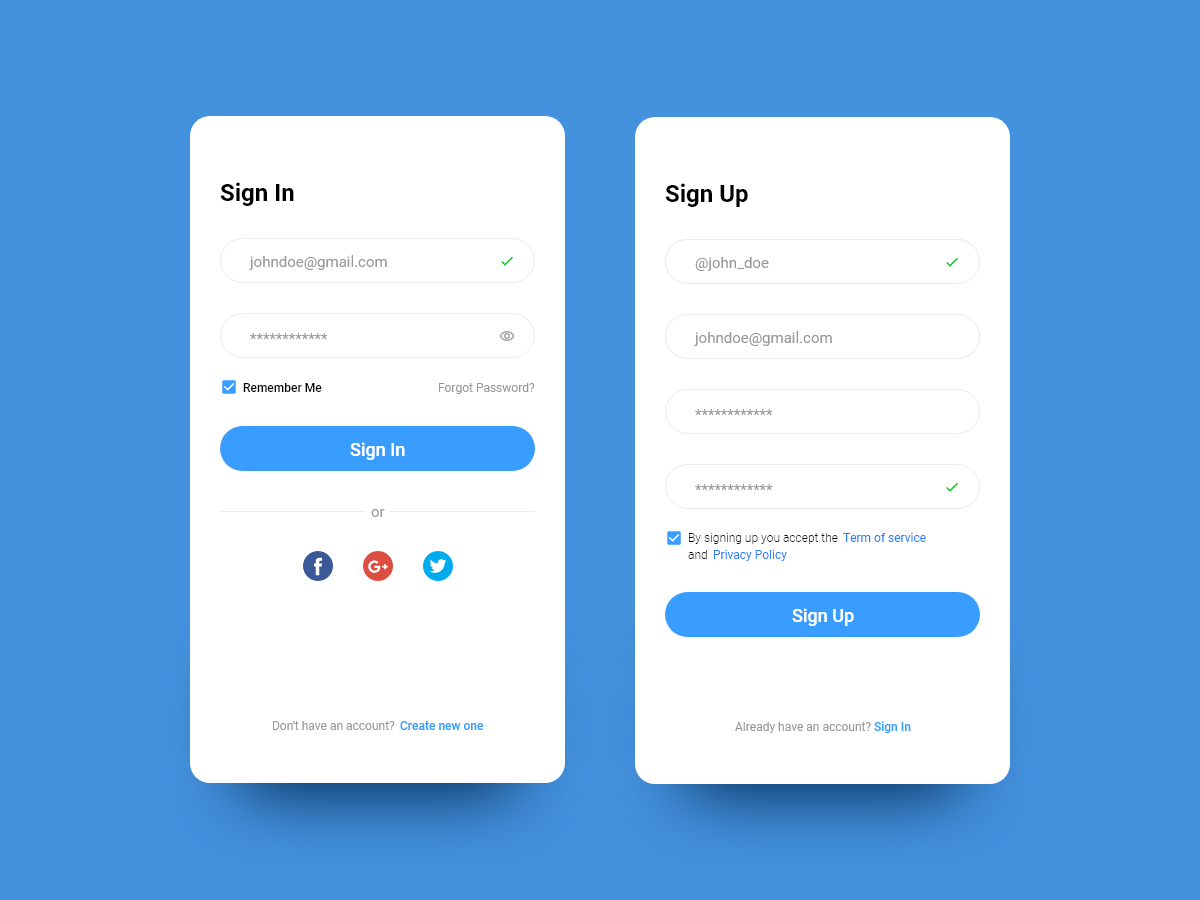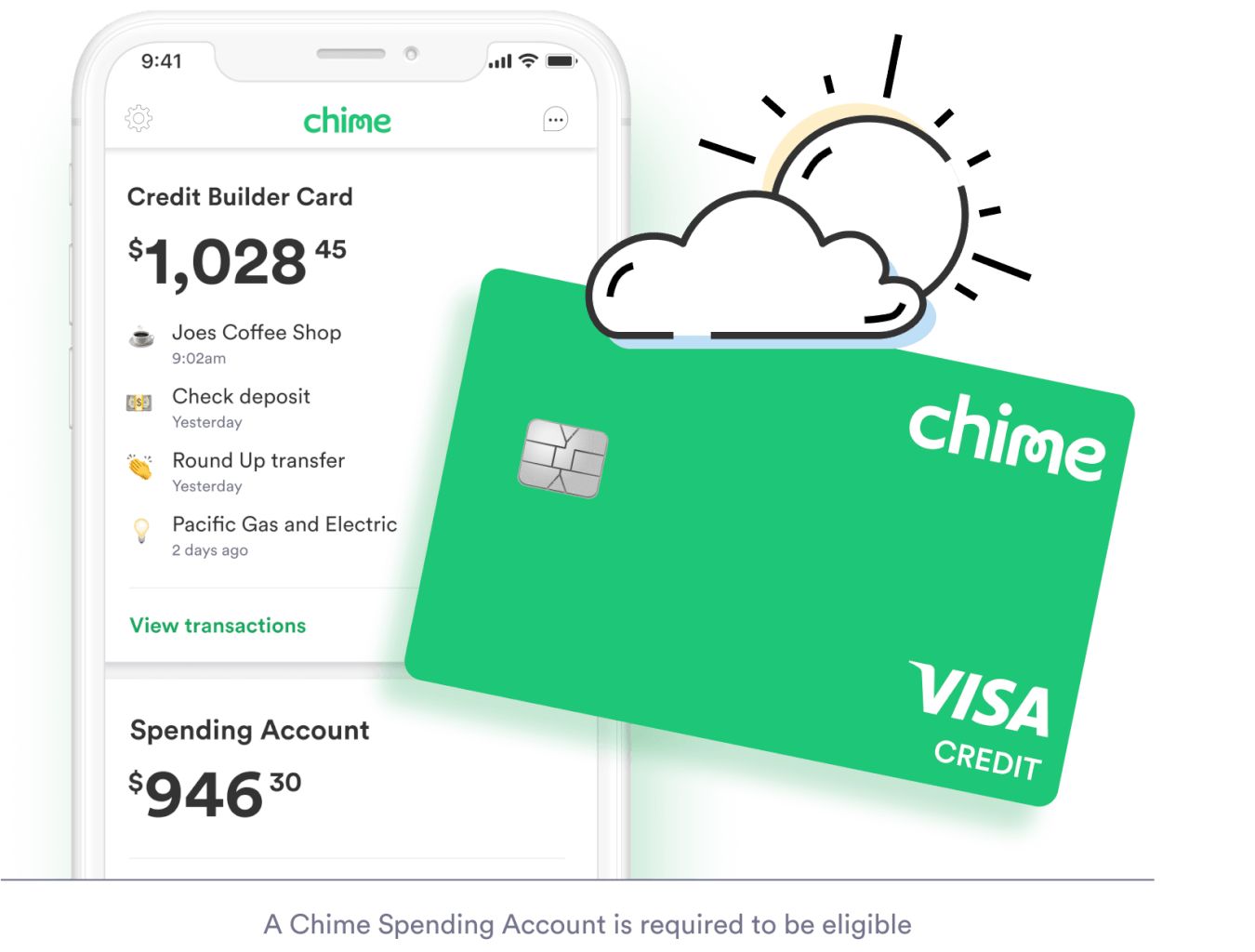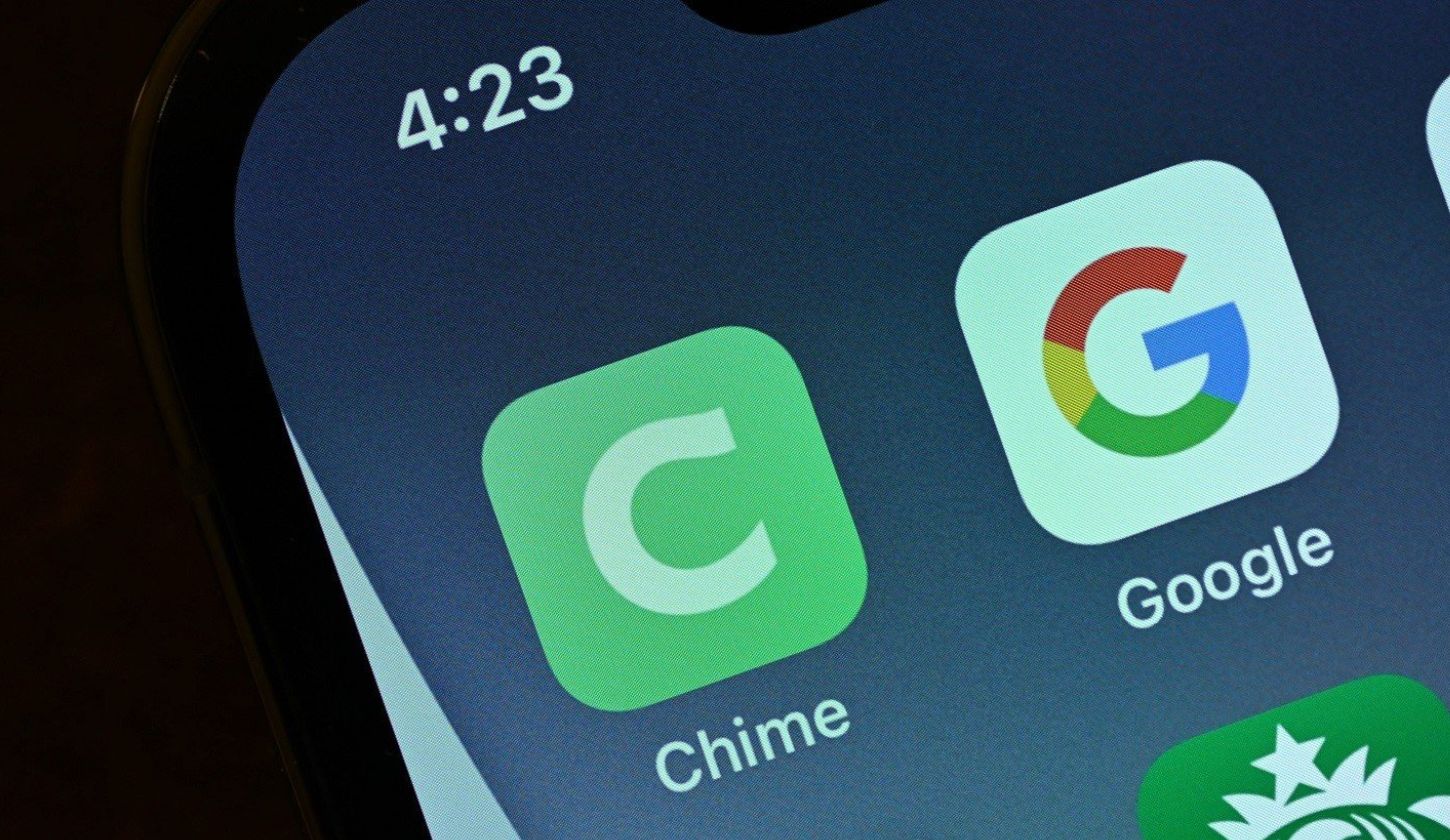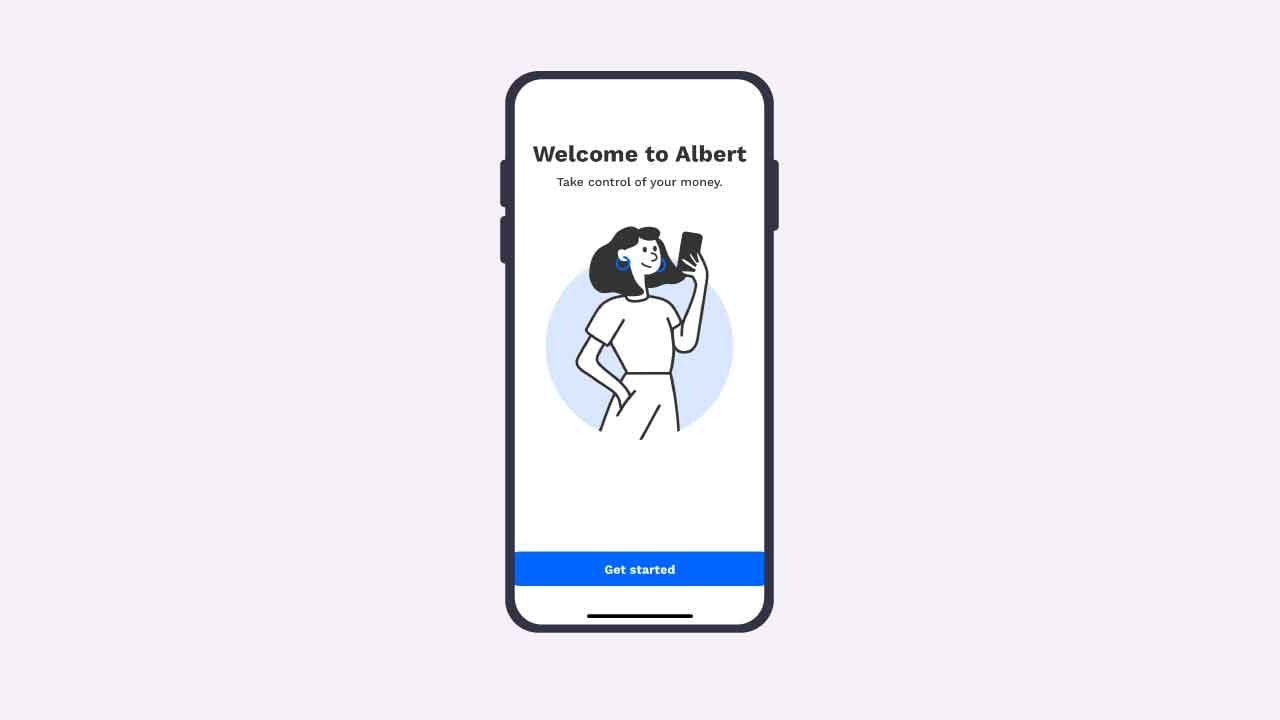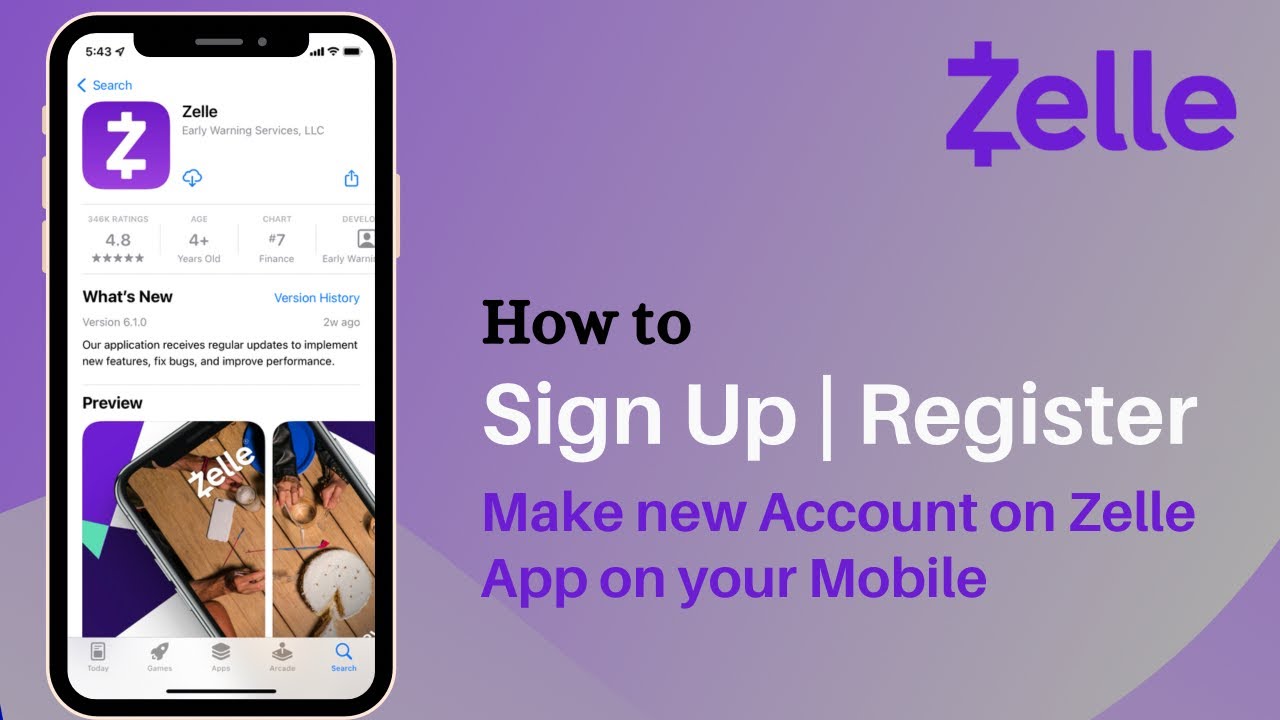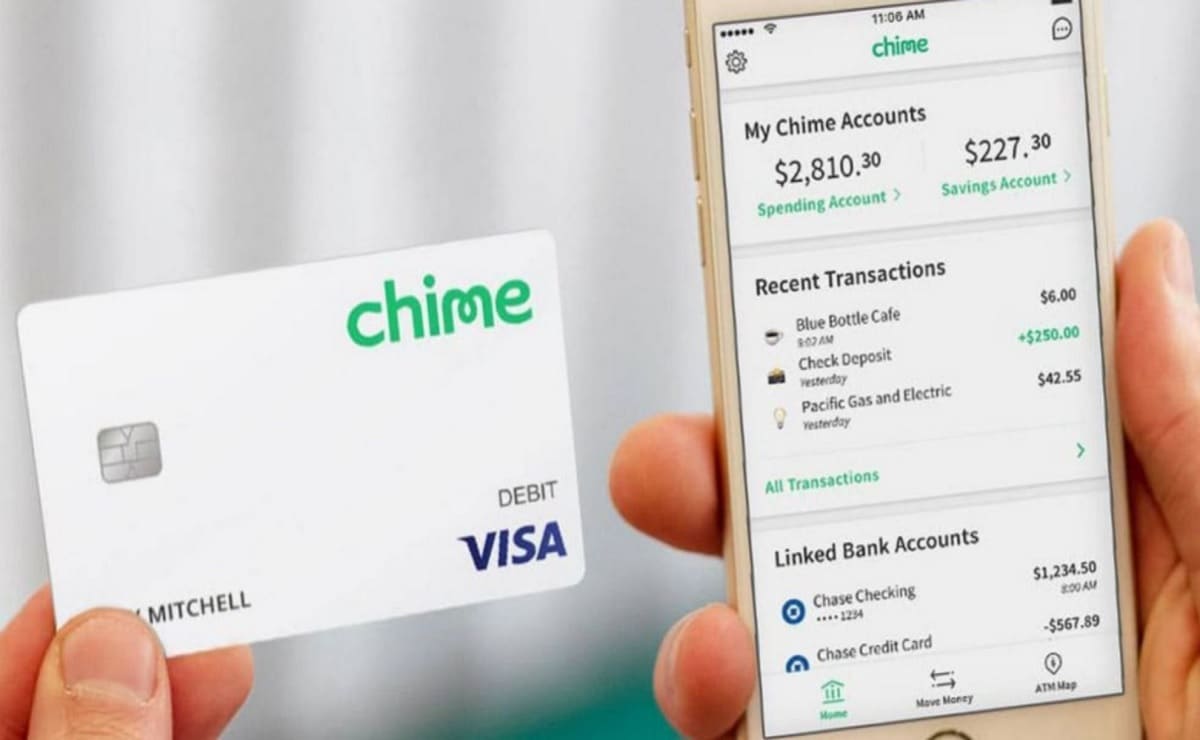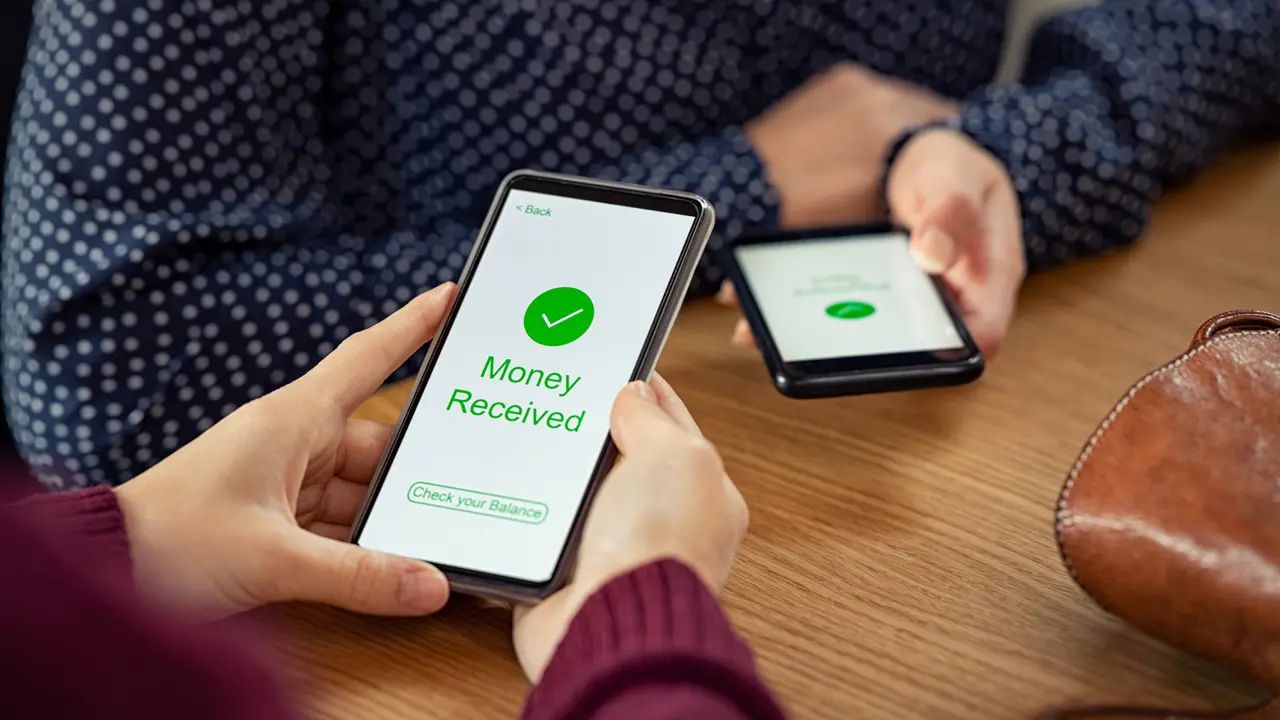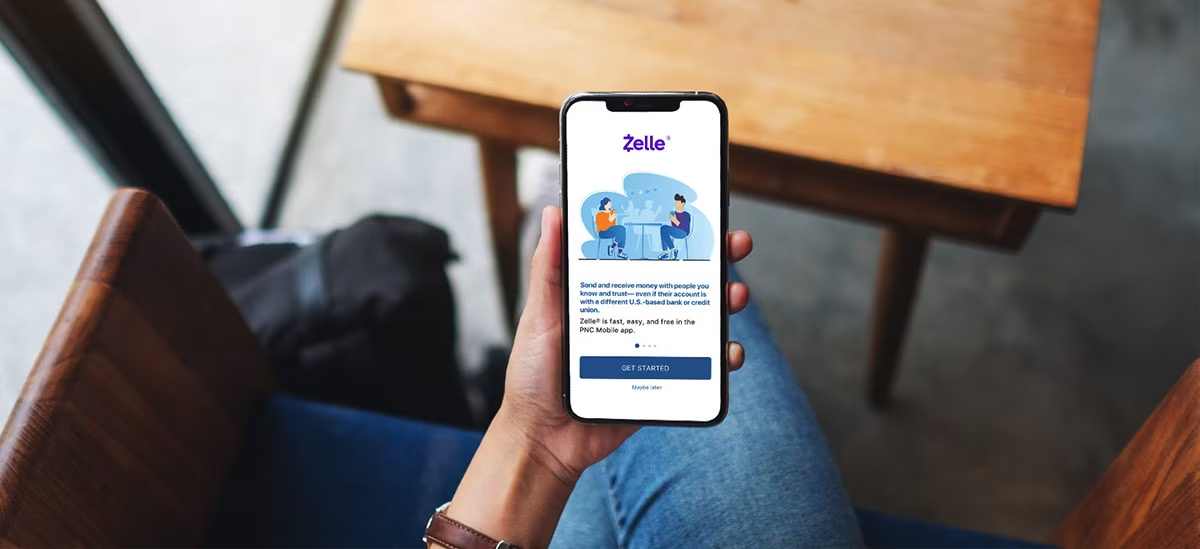Introduction
Welcome to the digital era of banking, where convenience meets innovation. With the advent of mobile banking, managing your finances has become easier than ever before. Gone are the days of standing in long queues at the bank or being tied to your computer to access your accounts. Mobile banking allows you to conveniently and securely handle your financial transactions anytime, anywhere, right from the palm of your hand.
In this article, we will guide you through the process of signing up for mobile banking, ensuring that you can take advantage of the myriad benefits and features that come with it. Whether you’re new to mobile banking or just looking for a refresher, this step-by-step guide will walk you through the entire process, making it simple and hassle-free.
From choosing a mobile banking service provider to exploring the various features and functionalities available, we’ve got you covered. By the end of this article, you’ll be well-equipped to embrace the convenience and flexibility of managing your finances on the go.
Choose a Mobile Banking Service Provider
When it comes to mobile banking, the first step is to choose a reliable and trusted service provider. There are numerous options available, ranging from traditional banks to fintech companies offering innovative solutions. Consider factors such as the reputation of the provider, the availability of their services in your region, and the compatibility of their mobile app with your device.
If you already have an account with a bank, check if they offer a mobile banking service. Most established banks have their own mobile apps that allow you to access your accounts and perform various banking functions. This can be a convenient option since you are already familiar with the bank and its services.
On the other hand, if you’re looking for a more flexible and technologically advanced experience, you might consider exploring mobile banking options provided by fintech companies. These companies often offer user-friendly interfaces, advanced features, and enhanced security measures. They may not have physical branches like traditional banks, but their digital presence and innovative solutions make them a popular choice for many.
Do some research and read reviews to assess the credibility and reliability of different mobile banking service providers. Look for features that align with your needs, such as easy-to-use interfaces, robust security measures, and a wide range of banking services available through the app. It’s also a good idea to check if the app is regularly updated and supported by the provider to ensure a smooth and uninterrupted banking experience.
Once you have narrowed down your options, it’s time to download the mobile banking app and proceed with the registration process. In the next section, we will guide you through the steps of downloading the app and setting up your mobile banking account.
Download the Mobile Banking App
After choosing a mobile banking service provider, the next step is to download their mobile banking app. The app is the gateway to accessing and managing your accounts on the go, so it’s crucial to ensure a smooth and secure experience.
Start by visiting the app store that is compatible with your device. For iOS users, this would be the Apple App Store, and for Android users, it would be the Google Play Store. Search for the mobile banking app of your chosen provider and click on the “Download” or “Install” button.
Make sure that you are downloading the official app from the legitimate service provider, as there may be fraudulent apps impersonating popular banking institutions. To verify the legitimacy, check the developer’s name and read user reviews. Legitimate apps will have high ratings and positive feedback from users.
Once the download is complete, open the app and get ready to embark on your mobile banking journey. Some apps may prompt you to sign in using your existing online banking credentials, while others may require you to create a new account. Follow the prompts and provide the necessary information accurately and securely.
It’s important to note that during the download and installation process, most mobile banking apps will request certain permissions, such as access to your location, contacts, and camera. These permissions are necessary for the app’s functionalities, such as finding nearby ATMs or scanning checks. However, exercise caution when granting permissions and only provide the required access to ensure the security of your personal information.
Furthermore, ensure that you download updates for the app regularly. Developers often release updates to enhance security, fix bugs, and introduce new features. By keeping your app up to date, you can ensure that you benefit from the latest improvements and security measures.
With the mobile banking app successfully downloaded and installed on your device, you are now ready to register for an account. The next section will guide you through the registration process, where you will set up your login credentials and verify your identity.
Register for an Account
Once you have downloaded the mobile banking app, it’s time to register for an account. This step will allow you to create a personal profile and gain access to the features and services offered by your chosen mobile banking provider.
Open the app and look for the option to “Register” or “Sign Up.” Click on it to begin the registration process. You will be prompted to provide certain information, including your personal details, such as your name, address, phone number, and email address.
It’s important to provide accurate and up-to-date information during the registration process. This information will be used for security purposes and for verifying your identity when you perform transactions or access sensitive account information. Ensure that the email address and phone number you provide are active and accessible, as you may receive important notifications and verification codes through these channels.
Next, you will be required to create login credentials. This typically includes choosing a username or customer ID and setting a strong, unique password. Be sure to follow any password requirements provided by your mobile banking service provider, such as using a combination of uppercase and lowercase letters, numbers, and special characters. Remember to keep your login credentials confidential and avoid using easily guessable information, such as your birthdate or pet’s name.
As an added layer of security, some mobile banking apps may offer additional authentication methods, such as fingerprint or facial recognition. If your device supports these features, consider enabling them to enhance the security of your mobile banking account.
Once you have provided all the necessary information and created your login credentials, review the terms and conditions set by your mobile banking service provider. These terms outline the legal rights and obligations of both you and the provider and are important to understand before agreeing to them. Read through them carefully and click on the checkbox or button indicating that you accept the terms and conditions.
Upon completion of the registration process, you will typically receive a confirmation email or message with further instructions. Follow these instructions to verify your account and set up any additional security measures that may be required.
With your account successfully registered, you are now ready to move on to the next step in the process: verifying your identity. This step is essential to ensure that you are the authorized user and to protect your account from potential unauthorized access. We will explore this in more detail in the next section.
Verify your Identity
Verifying your identity is a crucial step in the mobile banking registration process. It helps ensure the security of your account and protects against unauthorized access and fraudulent activities. Mobile banking service providers employ various methods to verify your identity, and it’s important to comply with their requirements to successfully complete this step.
Upon completing the initial registration, you may be prompted to verify your identity using different methods. One common method is to provide your social security number or other government-issued identification numbers. This helps the service provider confirm your identity and comply with legal and regulatory requirements.
In some cases, you may be required to submit scanned copies or pictures of your identification documents, such as a driver’s license or passport. Make sure to follow the instructions provided by the mobile banking app and ensure that the images are clear and legible when you upload them.
Additionally, some mobile banking apps may employ biometric authentication methods, such as facial recognition or fingerprint scanning, to verify your identity quickly and securely. If your device supports these features, you may be prompted to enroll your biometric data during the registration process.
It’s essential to provide accurate and valid identification information during this step. Any discrepancies or inaccuracies may result in difficulties verifying your identity and could delay or prevent you from fully accessing the features and services offered by the mobile banking app.
Once you have submitted the necessary information or performed the required verification steps, the mobile banking service provider will review and validate your identity. This process may take some time, so be patient and check your email or mobile app notifications for any updates or instructions regarding the status of your identity verification.
In some cases, the provider may contact you for additional information or request further documents to complete the verification process. Promptly respond to any such requests to expedite the process and gain full access to your mobile banking account.
Once your identity is successfully verified, you will be notified and granted access to the full range of features and services offered by the mobile banking app. This includes the ability to link your bank accounts, set up security measures, and customize your preferences, which we will explore in the subsequent sections.
Now that you have successfully verified your identity, it’s time to move on to setting up security measures to protect your mobile banking account.
Set Up Security Measures
When it comes to mobile banking, security should be a top priority. To ensure the safety of your mobile banking account and protect your financial information, it’s crucial to set up robust security measures. Here are some important steps to follow:
1. Strong Password: Start by creating a strong, unique password. Avoid common and easily guessable passwords, such as your birthdate or sequential numbers. Instead, use a combination of uppercase and lowercase letters, numbers, and special characters. Regularly update and change your password to enhance your account’s security.
2. Two-Factor Authentication: Many mobile banking apps offer two-factor authentication (2FA) as an added layer of security. With 2FA, you will be required to provide a second form of verification, such as a unique code sent to your registered email, phone number, or through a separate authentication app. Enable 2FA to protect your account from unauthorized access.
3. Biometric Authentication: If your device supports it, consider using biometric authentication methods like fingerprint or facial recognition. Biometrics add an extra level of security by ensuring that only your unique physical traits can unlock your mobile banking app.
4. Regularly Update the Mobile App: Keep your mobile banking app up to date by installing the latest updates and patches. These updates often include security enhancements and bug fixes, ensuring your app is equipped with the latest protections.
5. Beware of Phishing Attempts: Be vigilant against phishing attempts. Never click on suspicious links or provide personal information to unknown sources. Mobile banking service providers will never ask for sensitive information via email or text. If you receive any suspicious messages, report them to your service provider immediately.
6. Secure Network Connections: Only access your mobile banking app using secure and trusted networks. Avoid using public Wi-Fi networks, as they can be vulnerable to attacks. Instead, use a secure and password-protected Wi-Fi connection or your mobile data network.
7. Enable Account Notifications: Set up account activity notifications to receive alerts whenever there are significant changes in your account, such as large transactions or password modifications. This allows you to quickly identify and report any unauthorized activity.
8. Regularly Review Transactions: Take the time to regularly review your account transactions through the mobile banking app. If you notice any suspicious or unauthorized transactions, report them immediately to your bank or mobile banking service provider.
By following these security measures, you can greatly reduce the risk of unauthorized access to your mobile banking account and protect your sensitive financial information. Now that you have set up the necessary security measures, it’s time to move on to the next step: linking your bank accounts.
Link your Bank Accounts
Once you have set up security measures to protect your mobile banking account, the next step is to link your bank accounts. Linking your accounts allows you to conveniently manage all your financial information and transactions in one place. Follow these steps to seamlessly link your bank accounts:
1. Gather your Bank Account Information: Before you begin, gather the necessary information for the bank accounts you want to link. This typically includes your account number, routing number, and any other relevant details specific to your bank.
2. Open the Mobile Banking App: Launch the mobile banking app on your device and enter your login credentials to access your account dashboard.
3. Locate the Account Linking Option: Look for the account linking or adding accounts option within the mobile banking app. This can usually be found under the settings or account management section.
4. Select your Bank: Choose your bank from the list of available options. If your bank is not listed, you may have the option to manually enter your bank’s information using the account number and routing number.
5. Enter your Bank Account Information: Enter the required bank account information accurately. This typically includes your account number and routing number. If prompted, provide any additional details requested by the mobile banking app.
6. Verify the Linked Account: Depending on your bank and mobile banking app, you may need to verify your linked account. This verification process can vary but may include confirming small test transactions or entering a verification code sent to your email or phone.
7. Repeat for Additional Bank Accounts: If you have multiple bank accounts you want to link, repeat the previous steps to add each account individually. Most mobile banking apps allow you to link multiple accounts for easy management.
8. Confirm Linking Success: Once you have successfully linked your bank accounts, you should see the details of each account listed within the mobile banking app. Take a moment to review the linked accounts to ensure all the information is correct.
By linking your bank accounts, you gain the ability to view account balances, transaction histories, and transfer funds seamlessly between accounts. This accessibility and the convenience of having all your financial information in one place make mobile banking even more efficient.
Now that you have successfully linked your bank accounts, it’s time to move on to customizing your preferences within the mobile banking app. This customization allows you to personalize your mobile banking experience and tailor it to your specific needs and preferences.
Customize Your Preferences
Customizing your preferences in the mobile banking app allows you to tailor the experience to your liking and streamline your financial management. Here are some key preferences you can customize:
1. Notifications: Choose the types of notifications you want to receive, such as transaction alerts, low balance alerts, or payment due reminders. Customize the frequency and delivery method of these notifications, whether through push notifications, email, or SMS.
2. Account Display: Customize how your accounts are displayed in the app. You may have the option to rearrange the order of accounts, hide certain accounts, or group them into categories for better organization.
3. Transaction Categories: Some mobile banking apps allow you to create and customize transaction categories. This is especially useful for tracking and categorizing your expenses, making it easier to analyze and budget your finances.
4. Preferred Language and Currency: Adjust the app’s language and currency settings to suit your preferences. This is particularly convenient when using mobile banking apps while traveling internationally.
5. Security Settings: Review and customize your security settings. This may include options to enable or disable biometric authentication methods, change your password, or update your security questions and answers.
6. Transaction Limits: Some mobile banking apps allow you to set transaction limits for added security. You can define daily or monthly limits for various types of transactions, such as transfers, payments, or withdrawals.
7. Statement Preferences: Choose your preferred statement delivery method, whether it’s electronic statements (e-statements) or traditional paper statements. You may also have the option to select the statement frequency, such as monthly or quarterly.
8. Personalize App Appearance: Customize the appearance of the mobile banking app, such as choosing a theme, color scheme, or personalized avatar. Personalizing the app’s appearance can make your banking experience more enjoyable and visually pleasing.
It’s important to explore the settings and preferences options within your mobile banking app to understand the full range of customization available. Take the time to configure these preferences according to your preferences and needs to optimize your mobile banking experience.
Now that you have customized your preferences, it’s time to explore and make the most of the features and functionalities offered by the mobile banking app. This will allow you to fully utilize the convenience and flexibility of banking on the go.
Explore Mobile Banking Features
Once you have set up your mobile banking account and customized your preferences, it’s time to explore the various features and functionalities offered by the mobile banking app. These features are designed to enhance your banking experience and provide you with convenient tools for managing your finances. Here are some key mobile banking features to explore:
1. Account Overview: Take advantage of the account overview feature to get a quick snapshot of your account balances and recent transactions. This allows you to stay updated on your financial status at a glance.
2. Funds Transfer: Make use of the funds transfer feature to transfer money between your linked bank accounts. Whether you need to move money between your checking and savings accounts or send funds to another account holder, mobile banking makes it quick and hassle-free.
3. Bill Payment: Simplify your bill payments by using the bill payment feature within the mobile banking app. You can conveniently schedule one-time or recurring payments to various utility companies, credit cards, or other service providers.
4. Mobile Check Deposit: Save a trip to the bank by utilizing the mobile check deposit feature. This allows you to deposit checks into your account by simply capturing an image of the check using your device’s camera.
5. ATM and Branch Locator: When you need to visit an ATM or a branch, make use of the ATM and branch locator feature in the mobile banking app. It provides you with the nearest locations based on your current location or specified area.
6. Account Statements: Access your account statements directly within the mobile banking app. View and download your transaction history and statements for easy record-keeping and financial tracking.
7. Spending Analysis: Some mobile banking apps offer spending analysis tools. Take advantage of these features to track your expenses, set budgets, and gain insights into your spending habits. This can help you make more informed financial decisions and work towards your financial goals.
8. Customer Support: Explore the customer support options available within the mobile banking app. This may include live chat, email support, or a direct phone line to contact customer service representatives for assistance with any banking-related inquiries or issues.
These are just a few examples of the features commonly found in mobile banking apps. Take the time to explore the app thoroughly and familiarize yourself with the functionalities it offers. The more you explore and utilize these features, the more you can take advantage of the convenience and efficiency that mobile banking provides.
Now that you have familiarized yourself with the features available, it’s time to embrace the freedom and flexibility of mobile banking by utilizing these tools to manage your finances on the go.
Start Banking on the Go
With your mobile banking account set up, preferences customized, and features explored, you are ready to fully embrace the convenience of banking on the go. Here are some tips to help you make the most of your mobile banking experience:
1. Regularly Monitor Your Accounts: Stay on top of your finances by regularly monitoring your account balances, transactions, and statements. This will help you detect any unauthorized activity or errors promptly.
2. Set Reminders and Alerts: Take advantage of the reminder and alert features within your mobile banking app. Set reminders for bill payments, account balances, or important financial dates to avoid missing any crucial deadlines.
3. Keep Your App Updated: Ensure that your mobile banking app is always up to date by installing the latest updates and security patches. This will help keep your accounts safe and ensure a smooth banking experience.
4. Practice Secure Banking Habits: Be cautious with your login credentials and personal information. Avoid sharing your username, password, or personal details with anyone. Additionally, be wary of phishing attempts and only download apps from trusted sources.
5. Utilize Money Management Tools: Take advantage of the money management tools and budgeting features within the mobile banking app. Set savings goals, track your expenses, and create budgets to help you manage your money effectively.
6. Make use of Mobile Payments: If your mobile banking app offers mobile payment options (such as Apple Pay or Google Pay), consider adding your debit or credit cards to streamline your shopping and payment process.
7. Access Customer Support: If you have any questions or need assistance, don’t hesitate to reach out to the customer support of your mobile banking service provider. They are there to help address any concerns or issues you may encounter.
8. Stay Informed: Keep yourself updated with any news or updates from your mobile banking service provider. They may introduce new features, enhance security measures, or offer promotional benefits that can further enhance your mobile banking experience.
By following these tips and utilizing the features of your mobile banking app, you can enjoy the freedom and convenience of banking on the go. Mobile banking offers you the flexibility to handle your financial transactions and manage your accounts anytime and anywhere. Embrace this digital transformation in banking and simplify your financial life with the power of mobile banking.
Conclusion
Mobile banking has revolutionized the way we manage our finances, offering convenience, flexibility, and security. In this article, we have provided a step-by-step guide to help you sign up for mobile banking and make the most of its features. From choosing a mobile banking service provider to exploring the various functionalities of the app, you are now equipped to embrace the benefits of banking on the go.
By following the steps outlined in this guide, you can confidently navigate the registration process, verify your identity, and set up robust security measures to protect your mobile banking account. Additionally, customizing your preferences within the mobile banking app allows you to personalize your banking experience and tailor it to suit your specific needs and preferences.
Now that you have linked your bank accounts and explored the features offered by your chosen mobile banking app, you can enjoy the convenience of easy funds transfer, bill payment, mobile check deposits, and more. Take advantage of the tools provided within the app to monitor your accounts, analyze your spending, and stay on top of your financial goals.
Remember to practice secure banking habits, keeping your login credentials private, and being cautious of phishing attempts. Regularly update your mobile banking app to ensure that you have the latest security patches and enhancements.
Mobile banking offers immense benefits and convenience, allowing you to bank on the go, streamlining your financial management, and saving you time and effort. Embrace this digital revolution and enjoy the freedom to manage your finances anytime, anywhere.
So, what are you waiting for? Grab your smartphone, download your mobile banking app, and start banking on the go!







